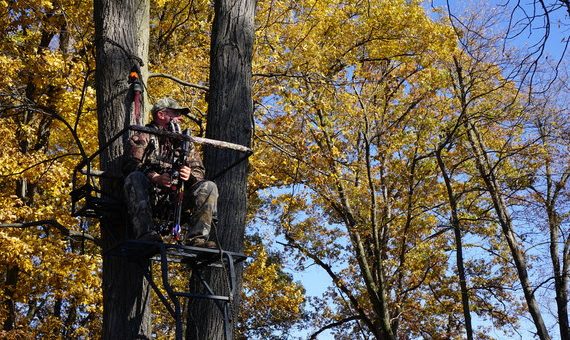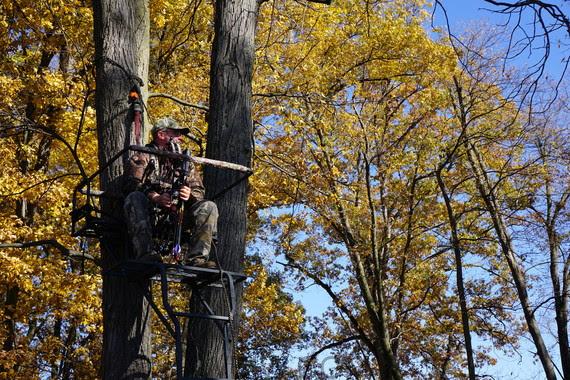
INDIANA – The Archer’s Index is a survey that relies on volunteer archery hunters to report wildlife observations while they are afield in the fall. Sightings are collected from Oct. 1 through Nov. 12.

These observations help the Department of Natural Resources understand how populations of wildlife such as white-tailed deer, opossums, and coyotes are changing over time. The Archer’s Index does not count animals or provide population estimates. It provides trends by calculating observations per 1,000 hours afield.
For instance, archery hunters might report seeing 752 deer for every 1,000 hours they spent hunting. DNR biologists can compare this to information from other years to see if more, less, or the same amount of deer are being seen in the same amount of hunt hours to track deer trends.
This effort also provides other valuable data like fawn-to-doe and buck-to-doe ratios to help manage white-tailed deer populations.
Find Archer’s Index data in the annual deer report.
Find previous Archer’s Index reports on the wildlife reports page by using the search box.
If you are interested in supporting this long-running effort to inform wildlife management, sign up to volunteer by clicking here.



